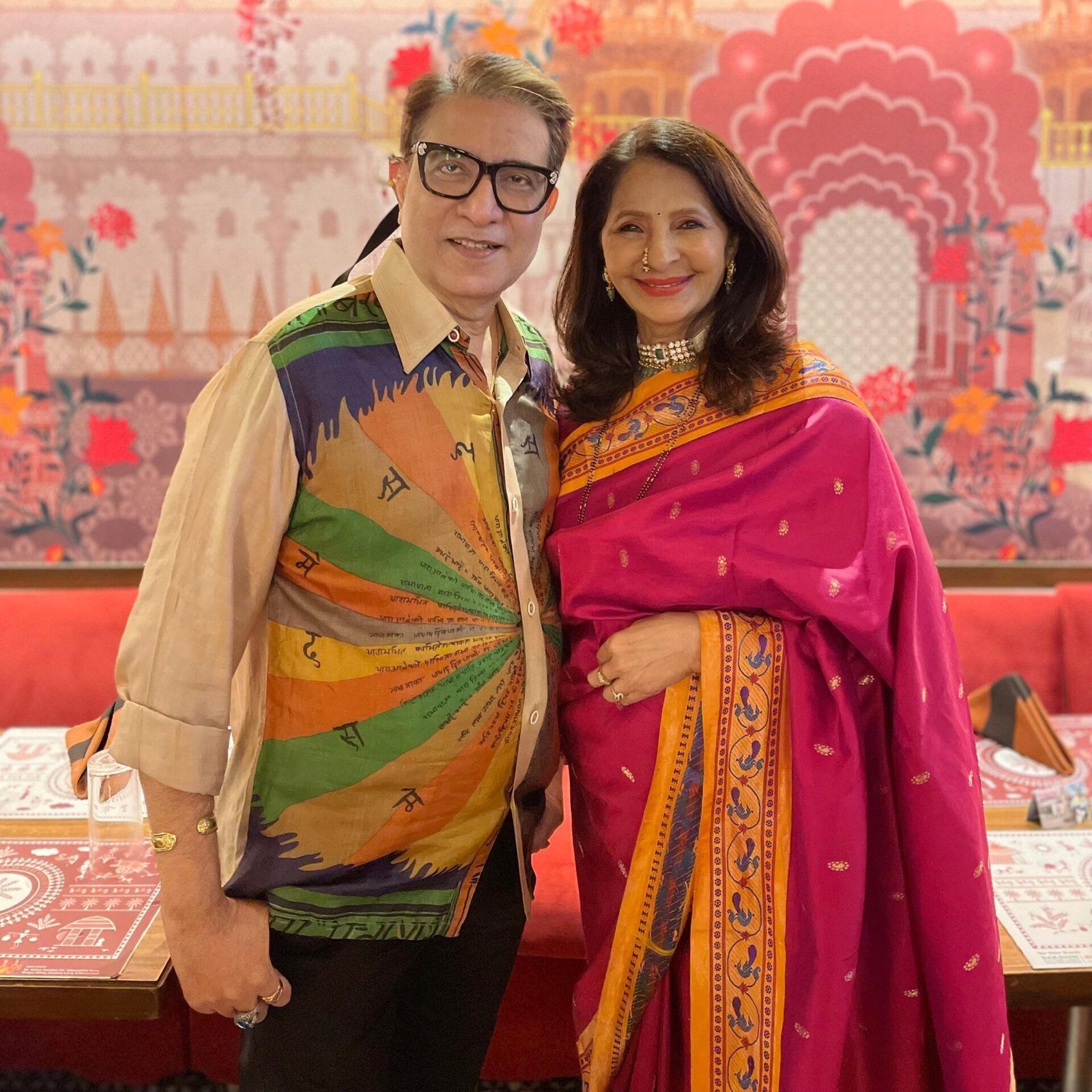MasterChef Deepa Awchat gives Amber Dias a taste of her delicious Shravan creations.
Fans of authentic and innovative Maharashtrian cuisine will probably be familiar with the restobar Diva Maharashtracha in Mumbai and its effervescent Founders – Suhas and Deepa Awchat – and the mastermind behind its delicious offerings, MasterChef Deepa. While the regular menu is enough to excite foodies, what sets this restobar apart is its innovative offerings during the holy month of Shravan.
For those unfamiliar with Shravan, it is one of the holiest months in the Hindu calendar, a time of devotion, fasting and introspection. During this period, many Hindus observe strict dietary restrictions, focusing on foods that promote mental clarity, spiritual growth, and physical well-being. MasterChef Deepa explains, “Hindus believe fasting during Shravan will bring happiness, prosperity and the fulfilment of their desires. While fasting, only certain foods are consumed, such as fresh fruits like bananas, apples, pomegranates, chikoos, custard apples etc; vegetables like potatoes and sweet potatoes etc; dairy products like milk, curd and ghee; and dry fruits like peanuts, cashews, raisins, walnuts and almonds. Foods made from sago, sweet potatoes, potatoes, green peas or green gram are commonly cooked using green chillies, cumin seeds and curry leaves.”

We sat down with Deepa for insights on how she prepares for this holy month and brings innovation to her kitchen, crafting restaurant-quality delights that appease modern palates while still keeping tradition at their core.
The Good Stuff
The secret to a good menu lies in its ingredients. However, dealing with restrictions on certain ingredients, especially things like garlic and onions which contribute to the base of many dishes, puts impetus on being creative with what you have. So what does Deepa have up her sleeve?
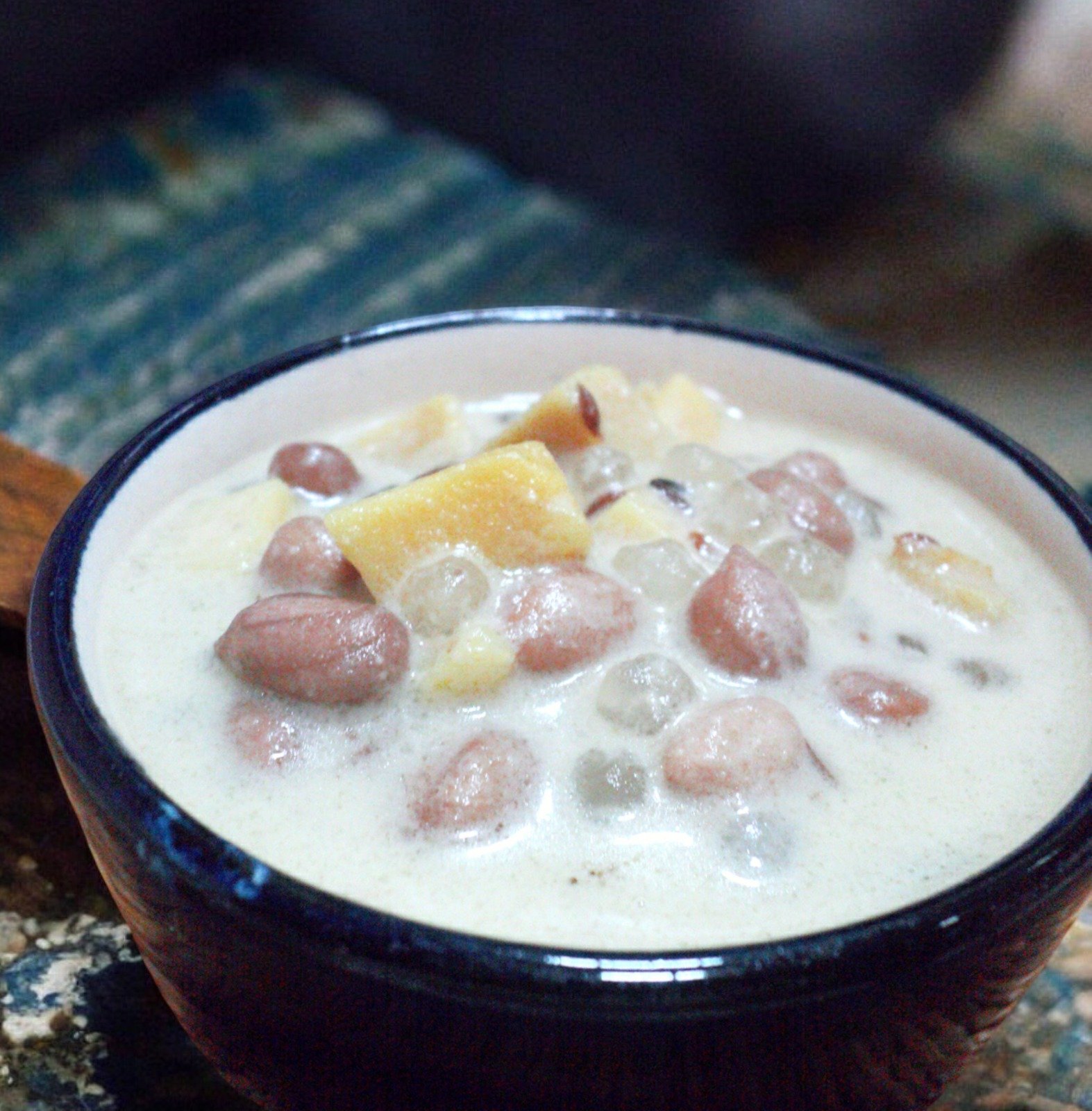
“There are typically four types of flour used during the fasting period: Sago (sabudana), sumo (vari), chestnut (shengada), and rajgira. Every year, I create a new Shravan menu using the same allowed ingredients but with a twist. For example, dishes like sabudana vada or sabudana khichadi, made with sago and potatoes, cumin seeds, green chillies, and curry leaves, are very common. However, I use the same ingredients and make farali kachori or tender coconut sago baskets. Additionally, I create dishes like banana thalipeeth made with Rajali bananas and rajgira and vari flour. This is served with sweet, tempered curd.”
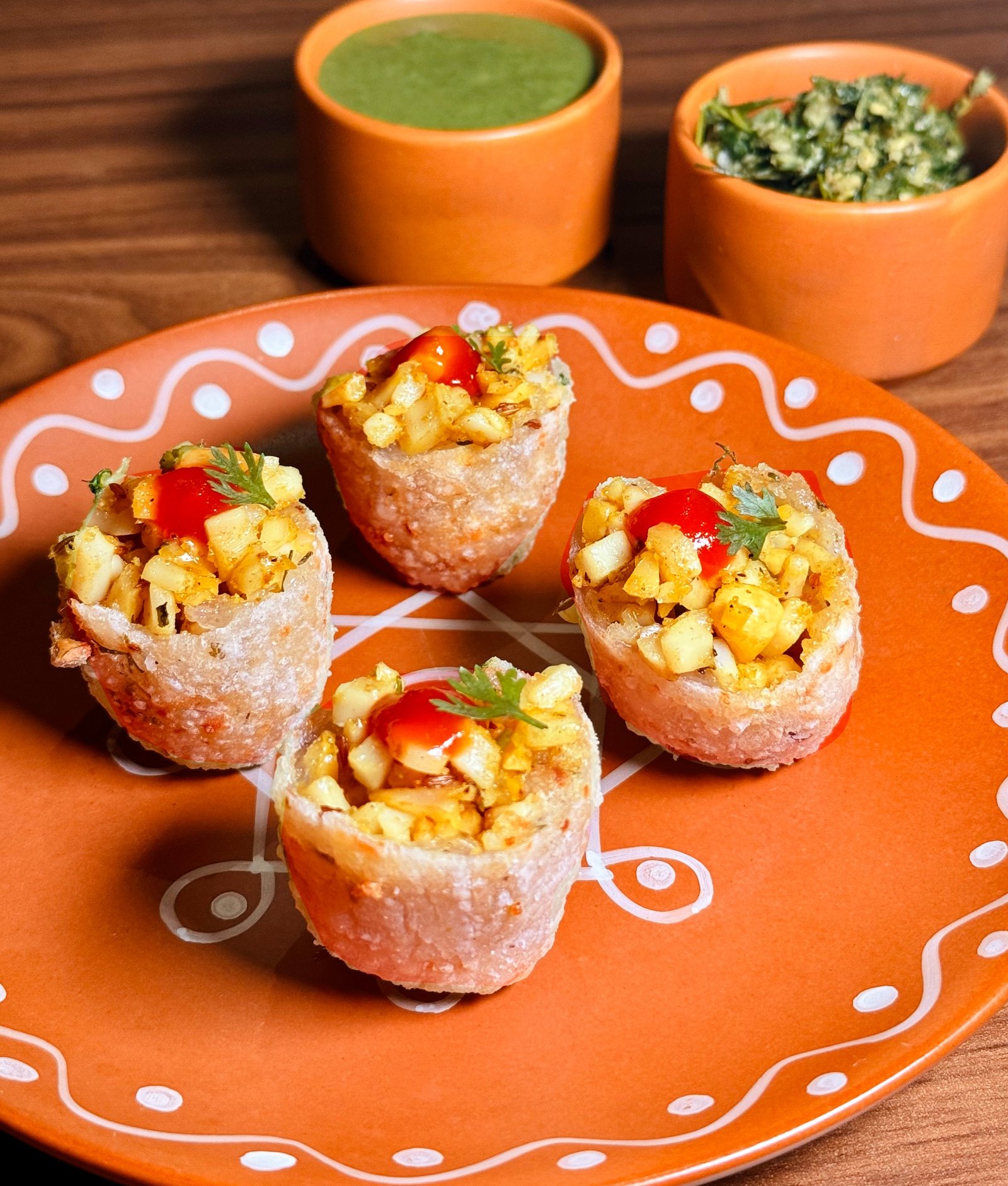
Out-Of-The-Box
Speaking of ingredients, while there are some staples or go-to picks that people tend to gravitate to during this season, there is still a bevy of untapped ingredients that can offer some delicious Shravan fare. We asked Deepa what she felt were these underestimated or often overlooked ingredients. She says, “Underestimated ingredients during Shravan include raw bananas, lauki, breadfruit, yam(suran), yellow pumpkin and buckwheat flour (kuttu ka atta).
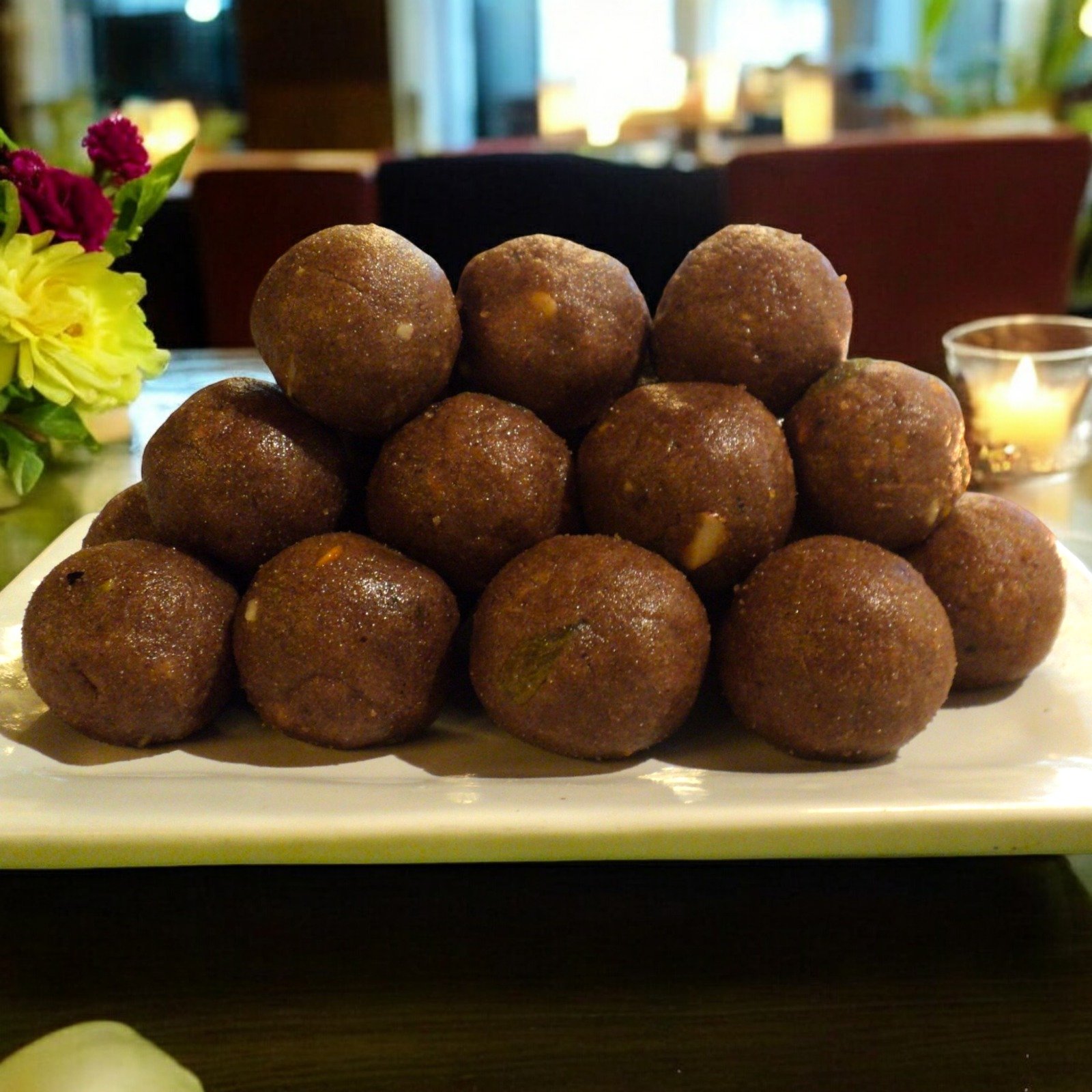
“Yellow pumpkin, while used occasionally, has the potential to be so much more versatile. You can use it to make chips, cutlets, vegetable dishes and curries. It is a good substitute for potato.
You can also make desserts like halwa and kheer with lauki, yellow pumpkin or ripe bananas. Applying salt, turmeric and chilli powder to breadfruit slices makes a yummy snack or side dish. Buckwheat flour, which is usually just used for pooris or pancakes, can be experimented with to create wraps, pasta or even bakes.”
On The Menu
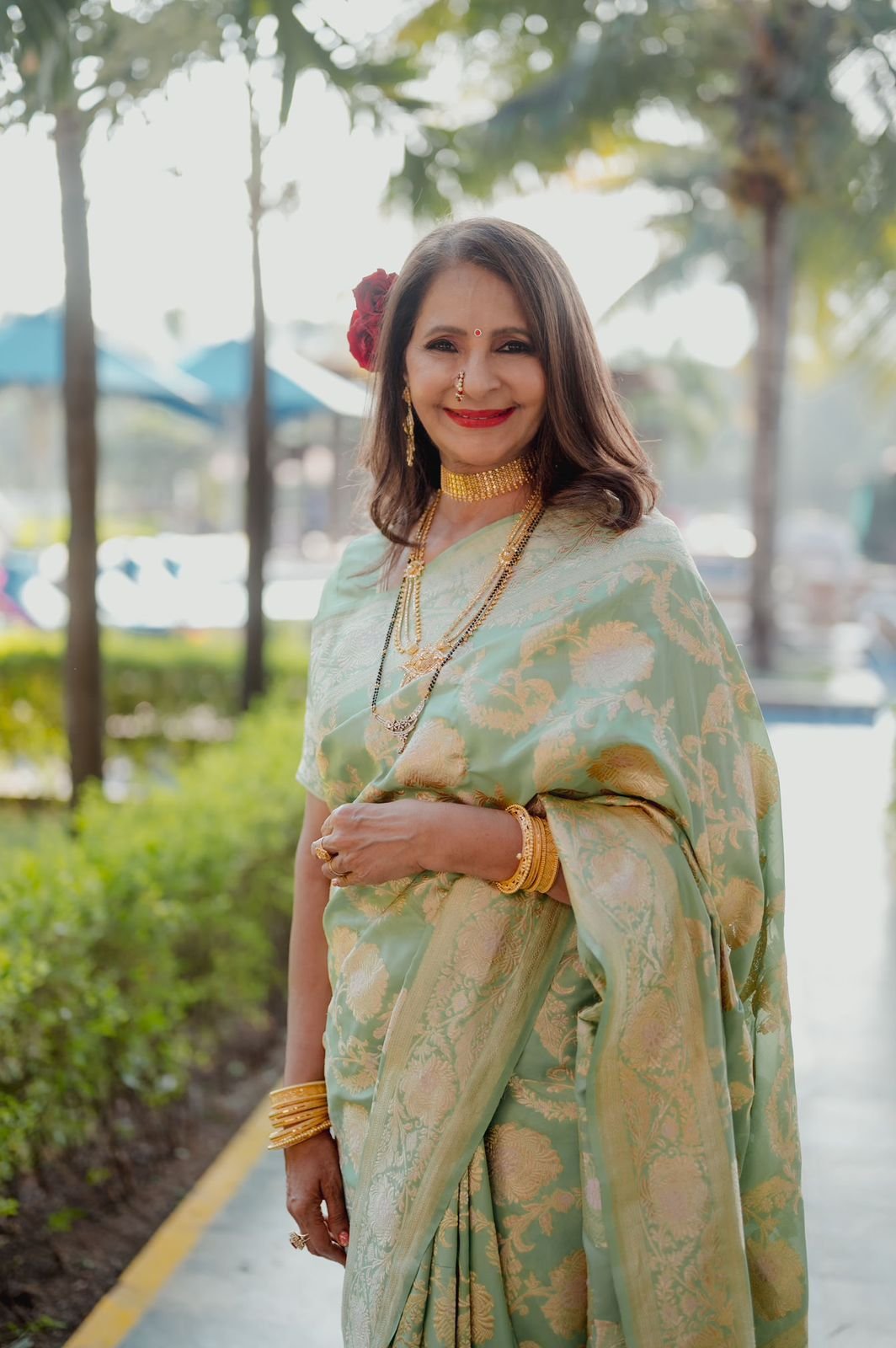
With all this talk of yummy goodies, we’re curious about what signature Shravan dishes Diva Maharashtracha has to offer. Deepa reveals, “For the main course, we offer pineapple amti made from pineapple puree and cashew nut paste, peanut and sago amti flavoured with green chillies and cooked in coconut milk. For desserts, we serve dates and sweet potato halwa, shengada atta ladoos made in pure ghee, or a kheer made with sweet potato, sago and dry fruits. These unique dishes are a special feature of our restaurant during Shravan.”
Home Experiments

In the age of the gram, we’re all trying to one-up ourselves and cook something offbeat, interesting and, of course, which looks fabulous. Or we’re just trying to contend with picky eaters. Shravan doesn’t put a pause on that. So we asked Deepa if she had any advice for home chefs who want to mix things up but still stay true to the restrictions on ingredients. Here’s what she had to say. “Think of using traditional ingredients in non-traditional ways. For instance, make a gratin using yam or sweet potatoes with a coconut cream sauce. Experiment with global flavours, using herbs and spices – which are allowed during fasting – to create a Thai-style curry with vegetables like pumpkin and zucchini. Also, consider different cooking methods such as grilling, steaming or roasting which can bring out new flavours in common ingredients.”

Food For Thought
Shravan food is a beautiful blend of tradition, nutrition and flavour. It exemplifies the idea that even with dietary restrictions, one can enjoy a variety of delicious and wholesome meals. And as Deepa Awchat has shown us, it can be interesting and fun too. We hope she’s inspired the chef in you to step out of your comfort zone and try something new.
Chef’s Choice

What are some of MasterChef Deepa’s favourite Shravan foods?
“Starters like farali kachori made from a combination of sago, potatoes or sweet potatoes with dry fruits; sabudana vada or sabudana thalipeeth, banana pancakes or thalipeeth using chestnut flour, pineapple or peanut and sago amti, khamang kakadi made with cucumber, peanuts, green chillies and either grated coconut or curd.

“I have a sweet tooth, so I love halwas of lauki, banana, dates and sweet potato. I also love kheer made with milk or coconut milk, sugar or jaggery, sago and a lot of dry fruits. I also love traditional sabudana khichadi.”
